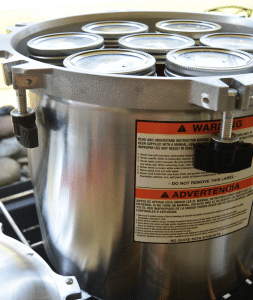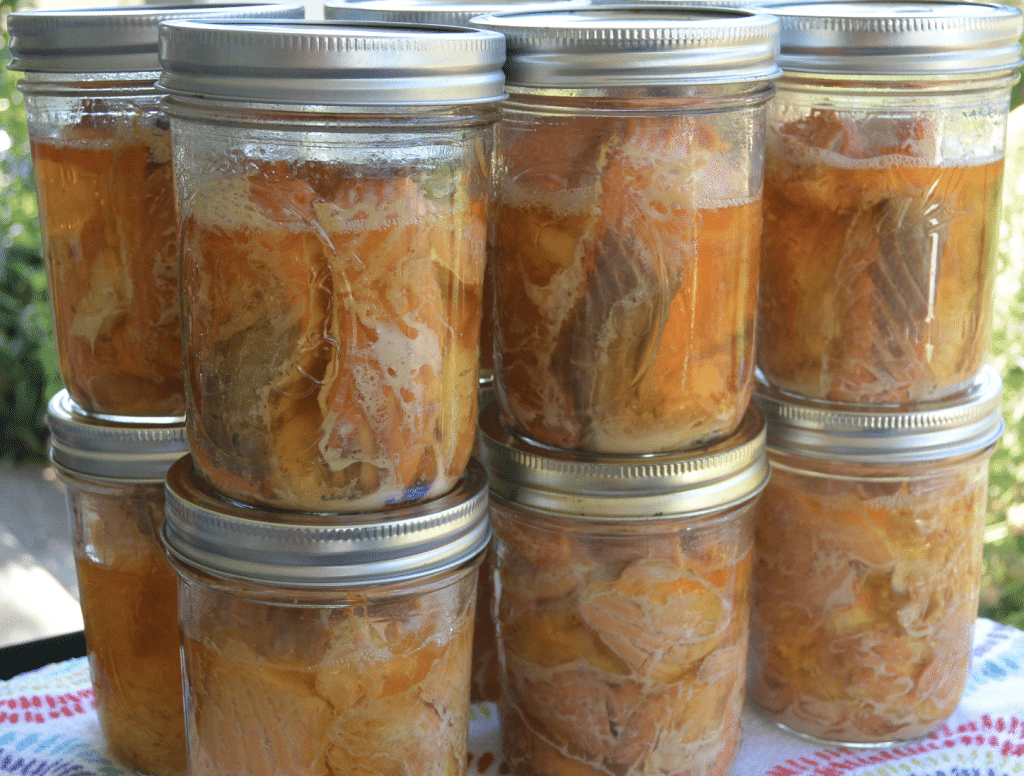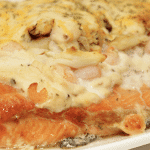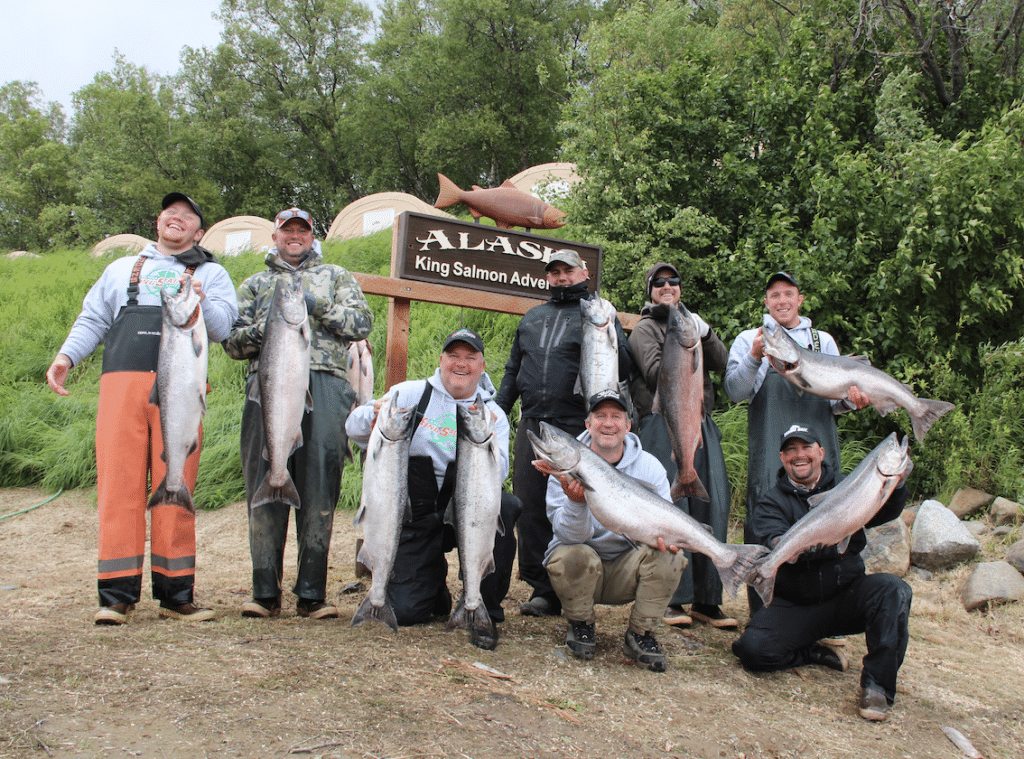
When you head home from fishing with us on the Nushagak River, you’ll be taking with you a lot of salmon. Many people ask us about different ways to cook salmon. The biggest priority when taking this much fish home is making sure it doesn’t get tossed into the freezer and forgotten, potentially getting freezer burned.
One of the best preservation methods for salmon is canning. Not only is this a shelf-stable, long-lasting, simple method that has been around for a long time, it makes fast food, good food. Adding canned fish to salads, sandwiches, casseroles, chowders and croquettes turns any meal into a protein-rich, delicious treat.
Canning requires only a pressure canner, jars and lids. The only ingredients needed are fish and salt. The work that goes into canning pays off every time you open one of those jars for many months to come.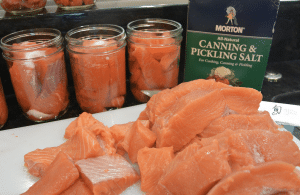
When pressure canning anything, refer to the instructions on your pressure canner or an approved canning cookbook or home extension website. DO NOT just make up your own recipes and can them as this is dangerous territory for experimentation. The guidelines many people follow are from Pacific Northwest Extension as well as directions from their canners, with the All-American Pressure Canner considered among the best of the best.
•For raw-pack salmon, remove all skin and bones and cut meat into 1”-strips.
•Fill sterilized pint jars with meat, leaving 1”-inch headspace.
•Add 1/2 teaspoon salt to the jar.
•Wipe jar rim clean and place lids on jars
•Fill pressure canner with 2-inches of water.
•Add jars to canner and cover.
•Heat canner until steam begins to escape from pressure vent.
• Allow steam to escape for 7 minutes before addi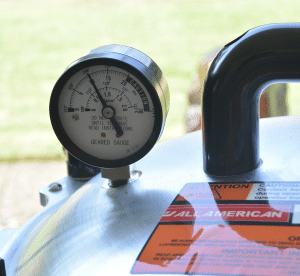
When canner reaches 10# of pressure, set timer for 100 minutes. Adjust heat as needed to keep canner at 10# pressure for the entire canning time. After 100 minutes, turn off heat and allow pressure to drop to zero.
Once pressure has dropped to zero, remove jars and allow to cool at room temperature. Check for seal. If jars do not seal, eat meat immediately or store in the refrigerator and eat within three days. If jars crack or break, discard.




